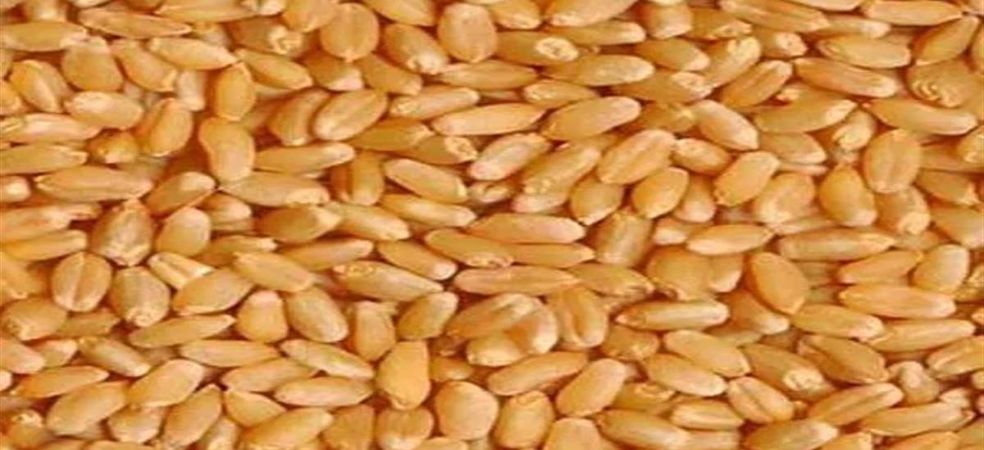The fish farming business is very popular among the farmers of rural areas and it is also proving to be very profitable. Farmers earn good profits from fish farming at low cost and that is why many farmers are fast turning towards it. Farmers are also being encouraged by the government to fish farming.
The government is giving up to 60% subsidy to the farmers on fish farming. This subsidy is being given under the PM Matsya Sampada Yojana of the Central Government. In this scheme, along with loans for fish farming, farmers are also given free training.
Under this scheme, a 60% subsidy is given to scheduled castes and women while a 40% subsidy is given to other farmers. If you also want to take advantage of the scheme, then apply on the official website https://dof.gov.in/pmmsy.
Source: Aaj Tak
For information related to beneficial government schemes related to agriculture and farmers, do read Gramophone’s articles daily. Don’t forget to share this article with your friends using the share button below.
Share










